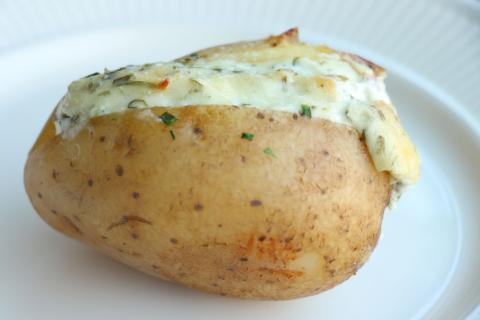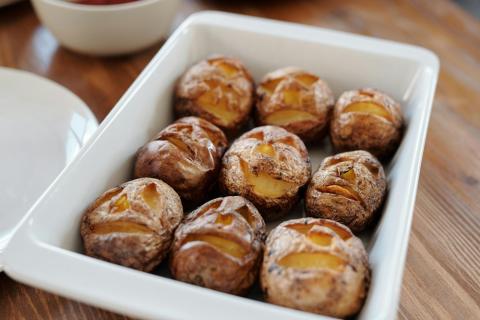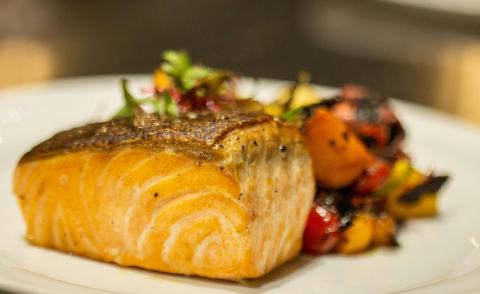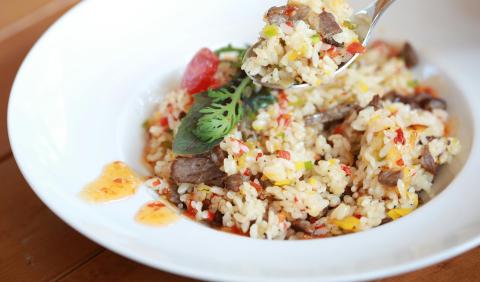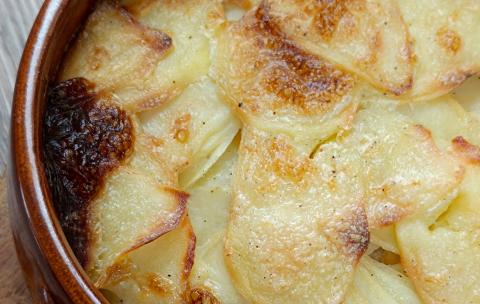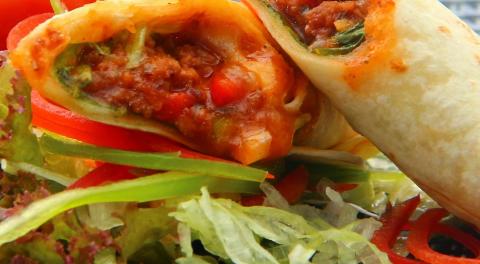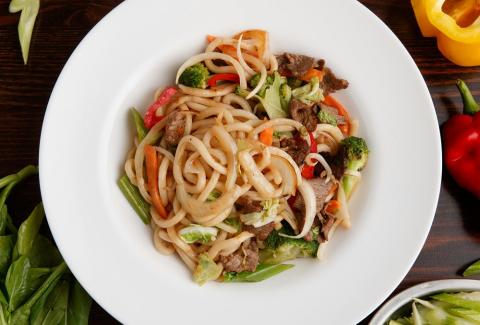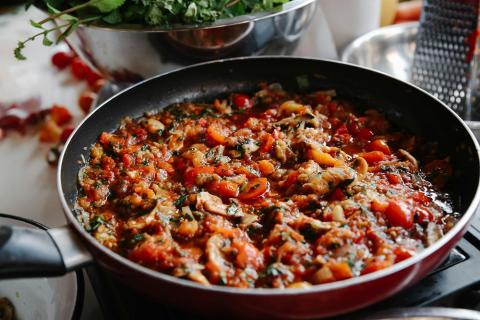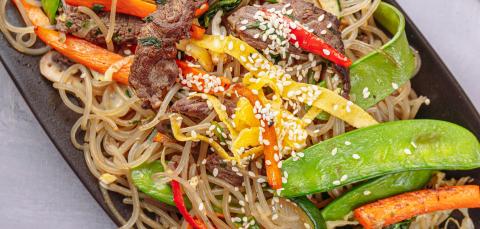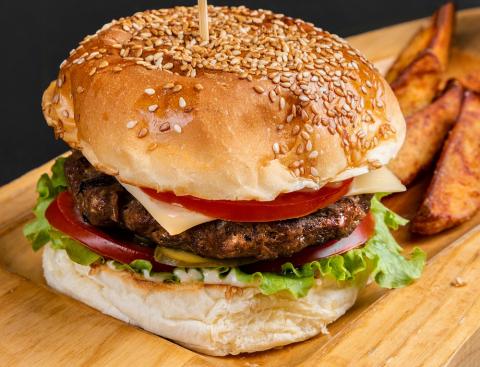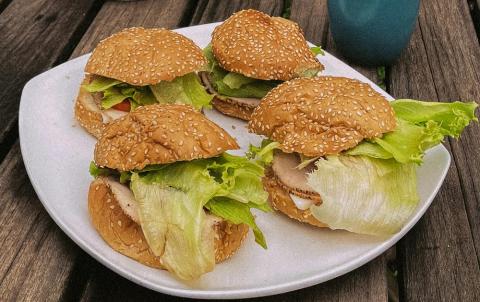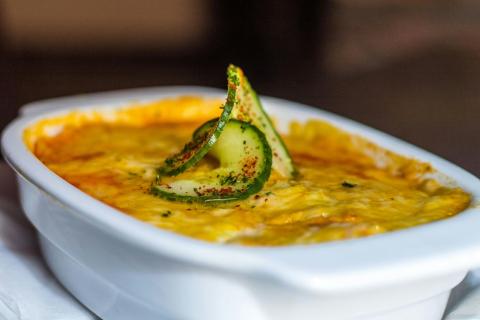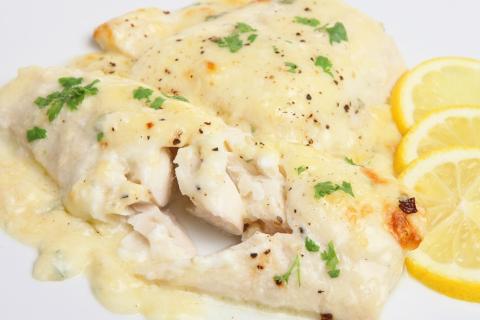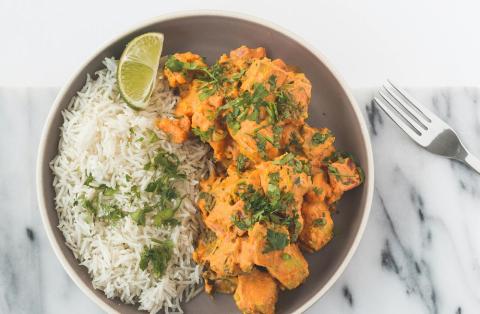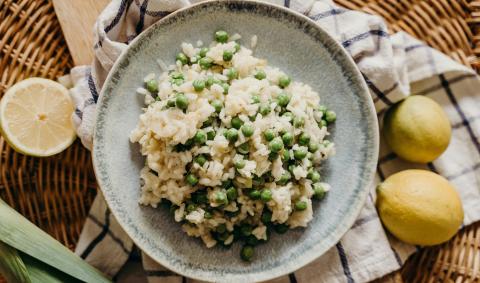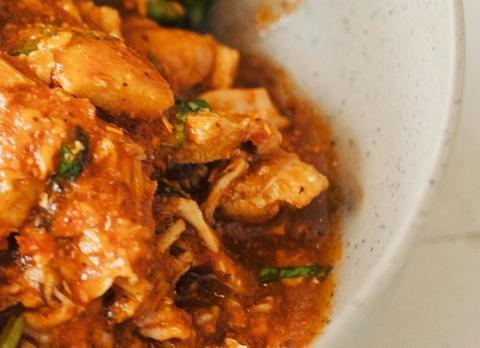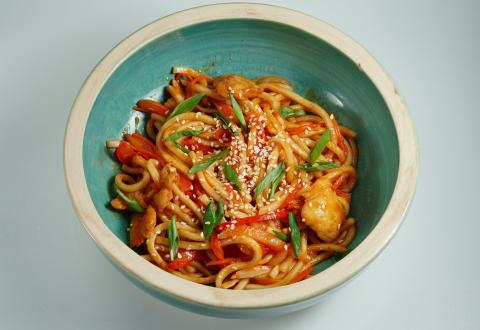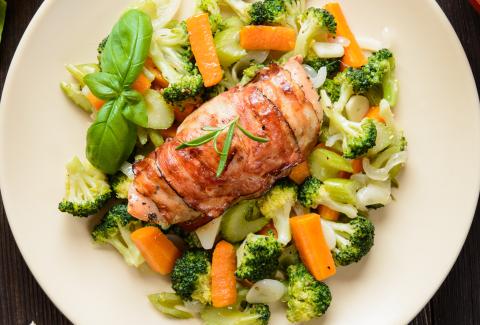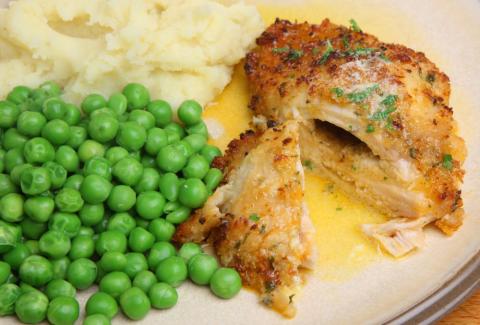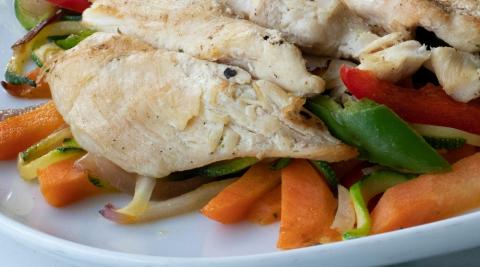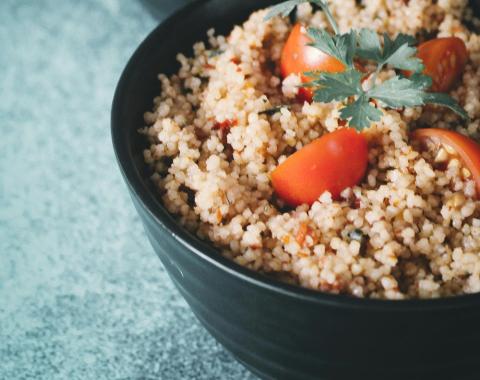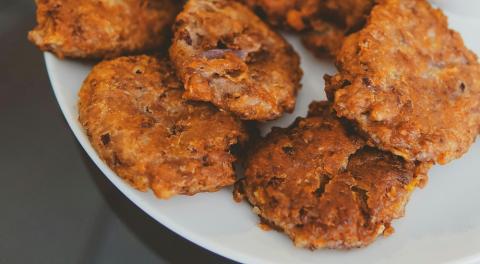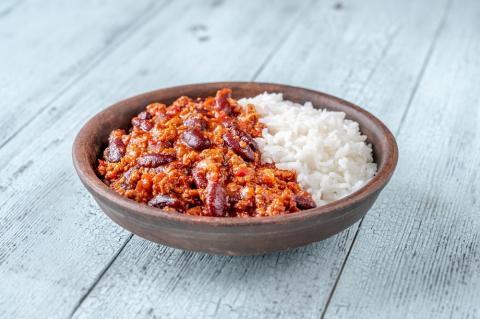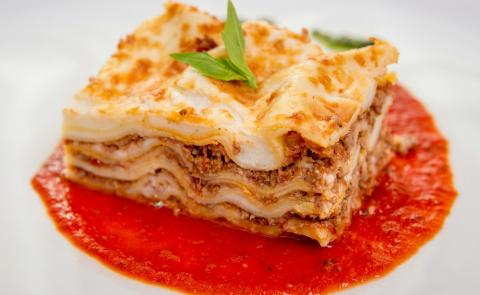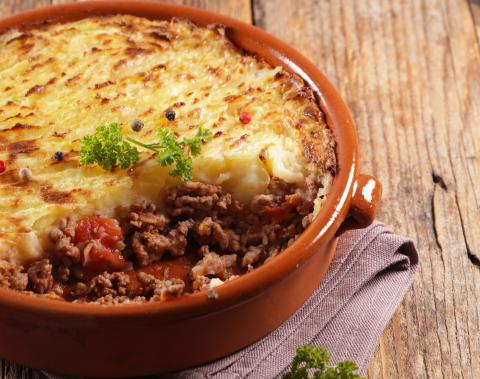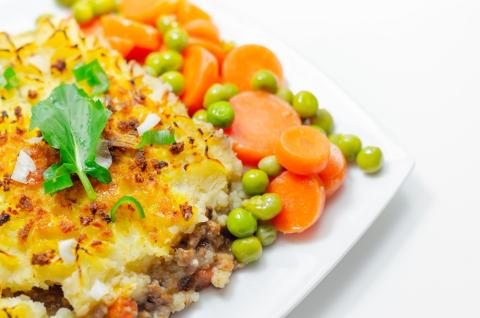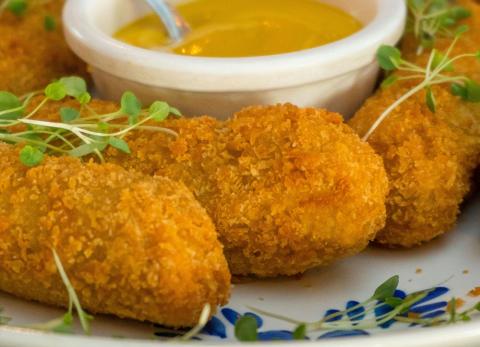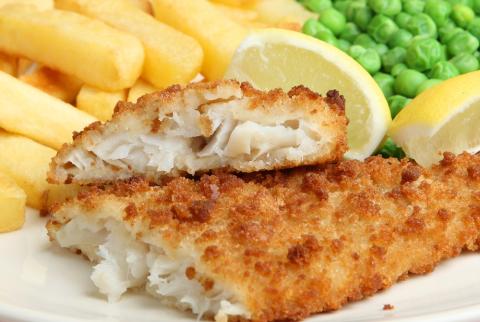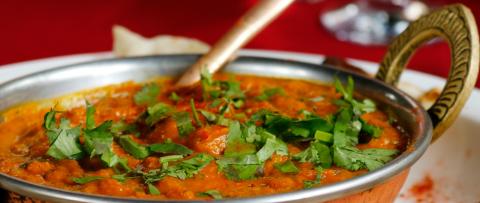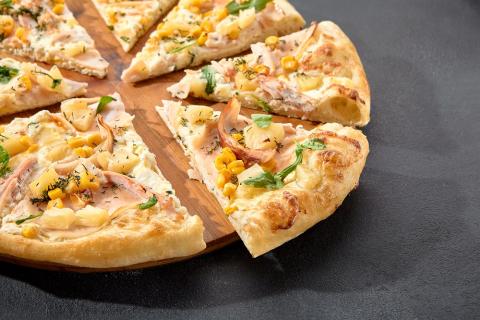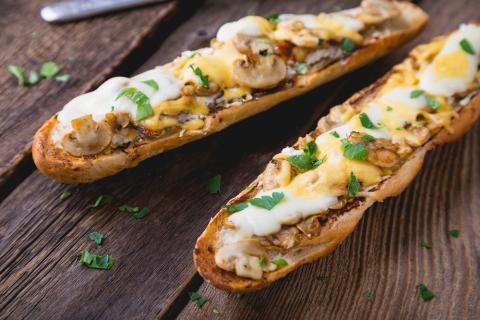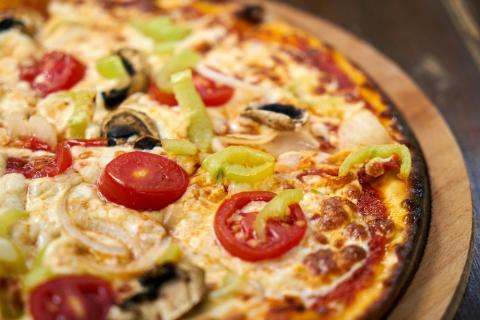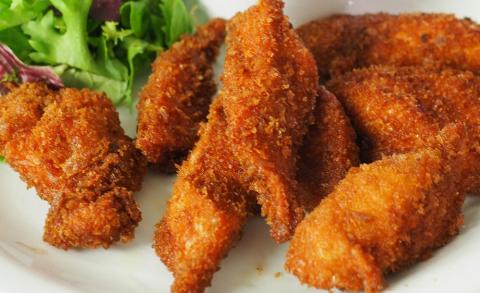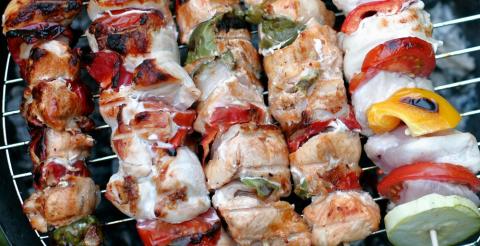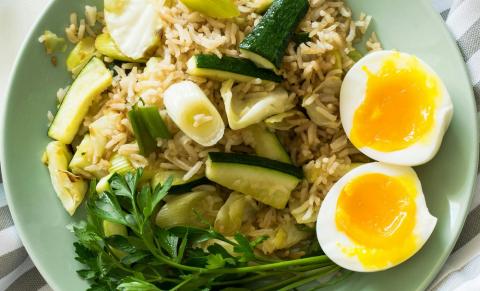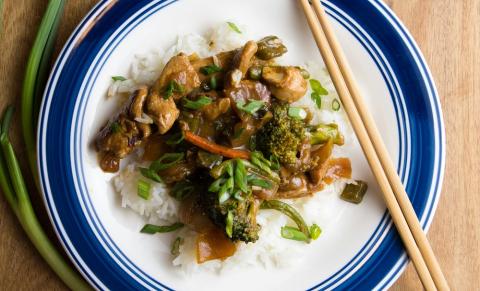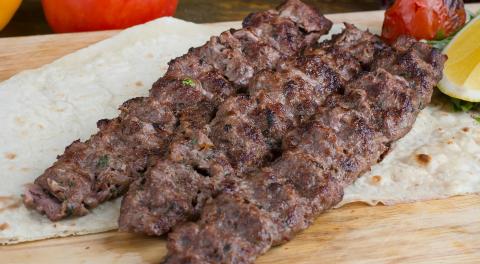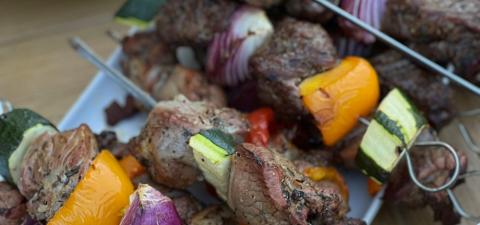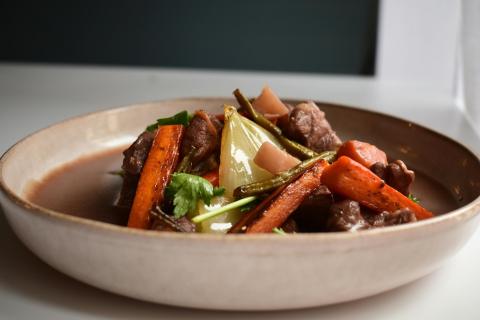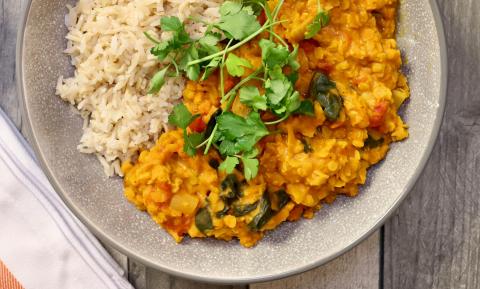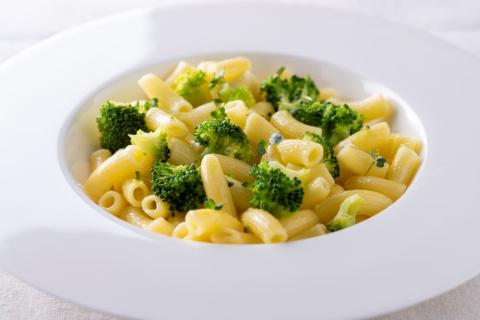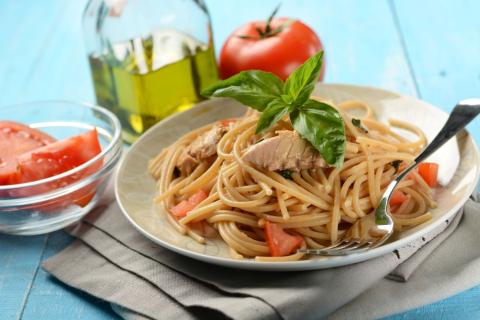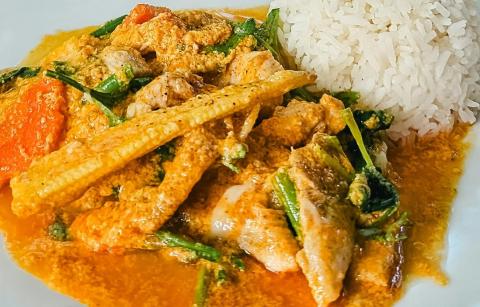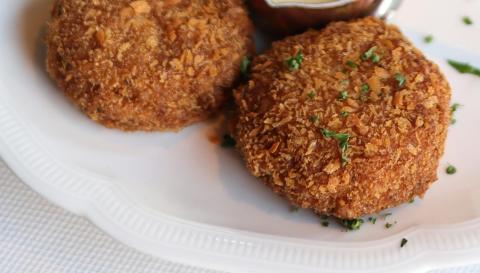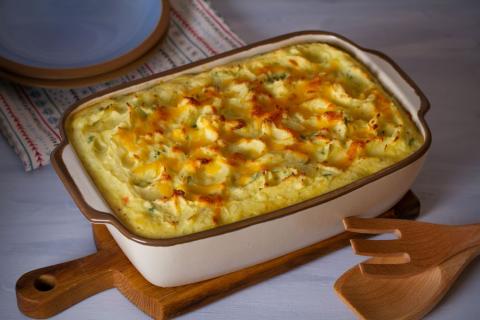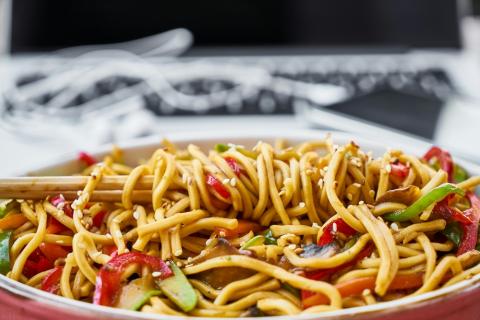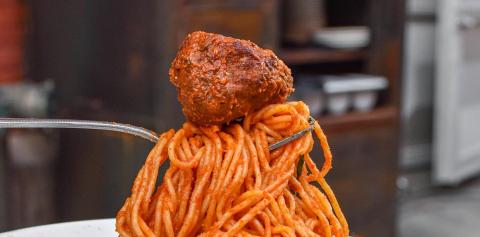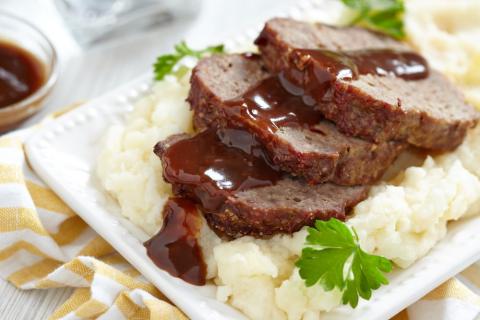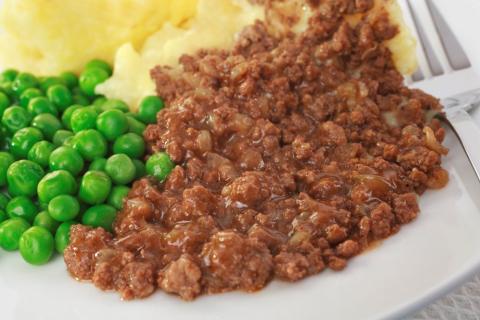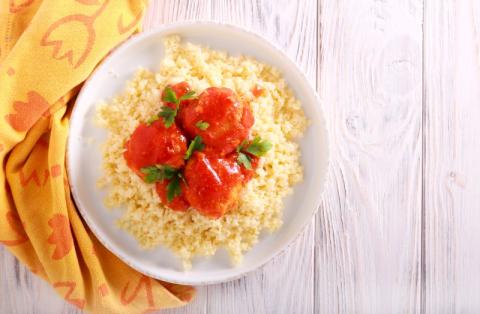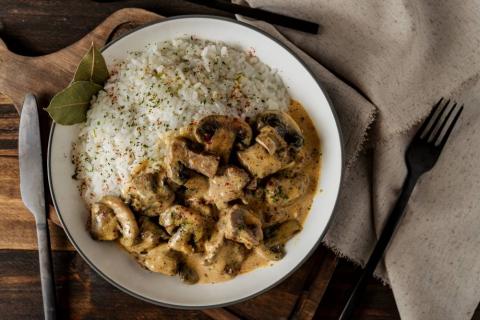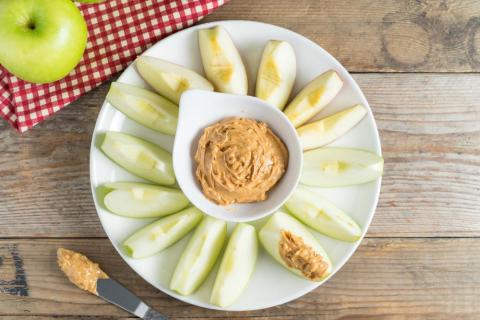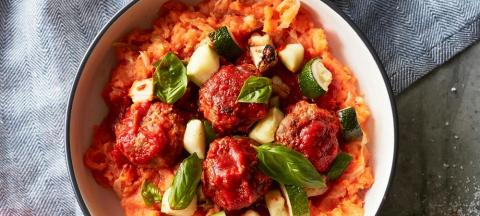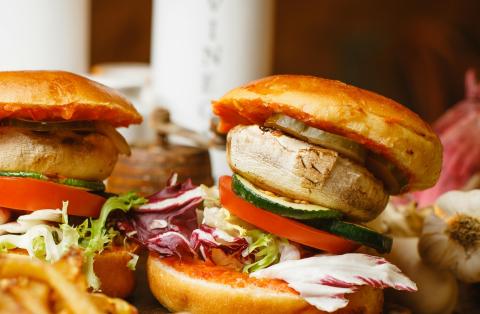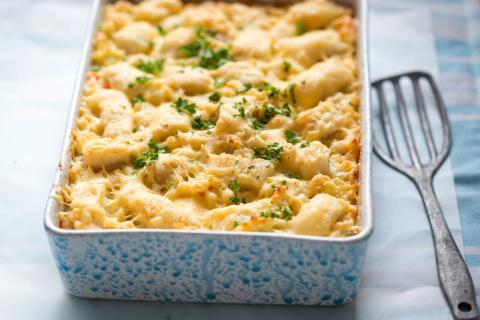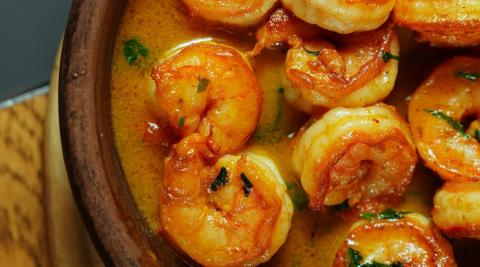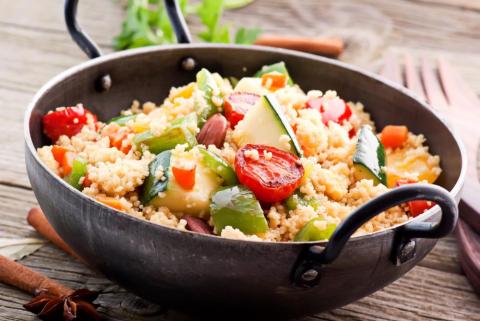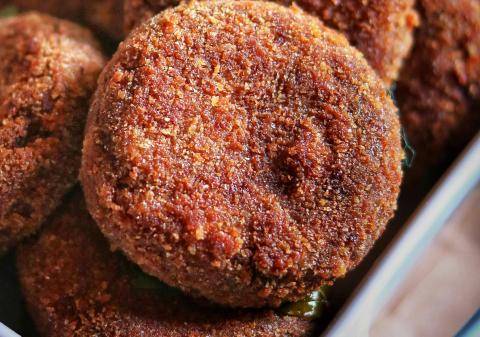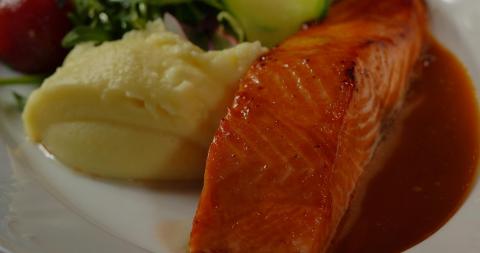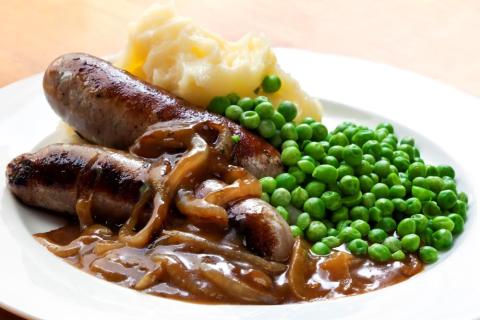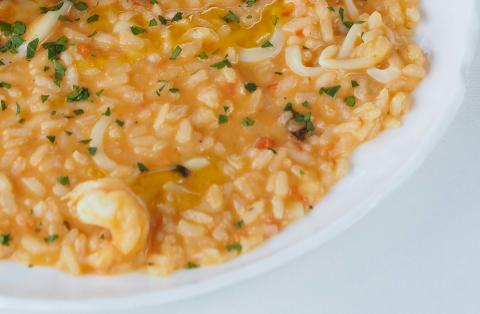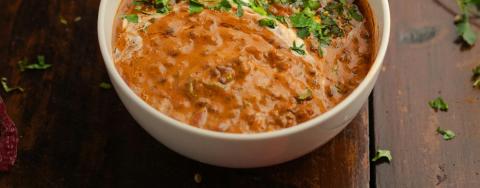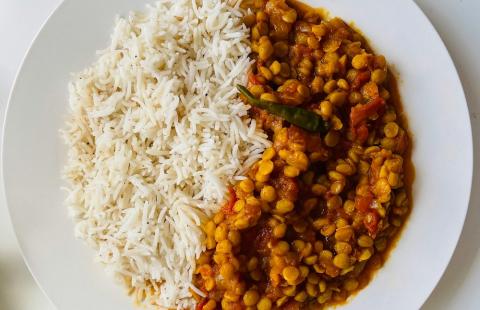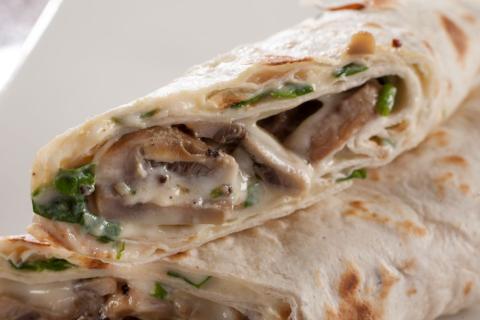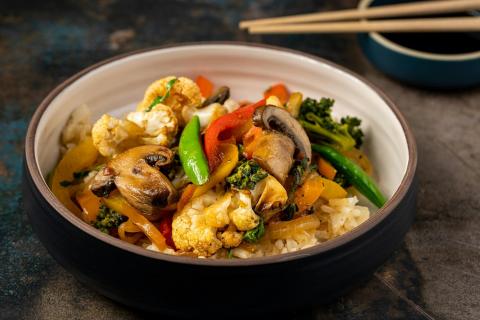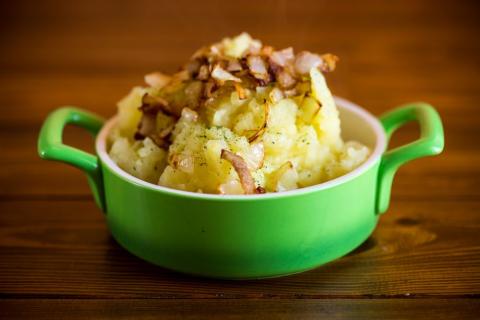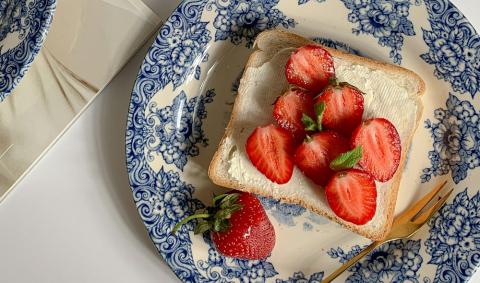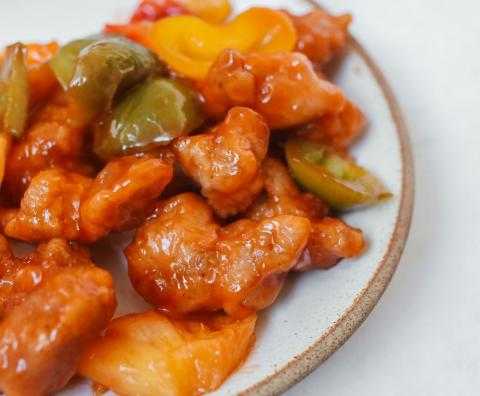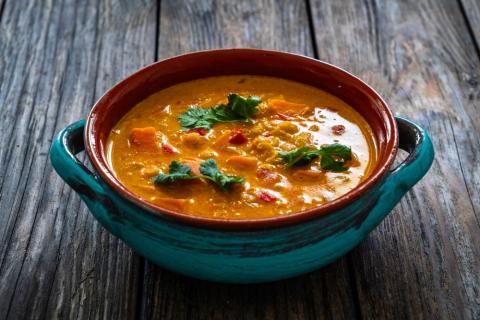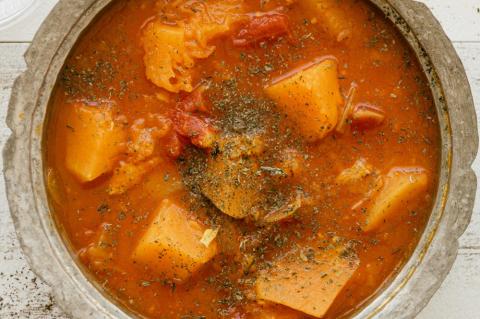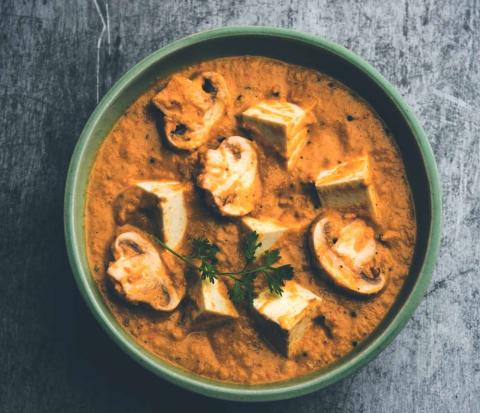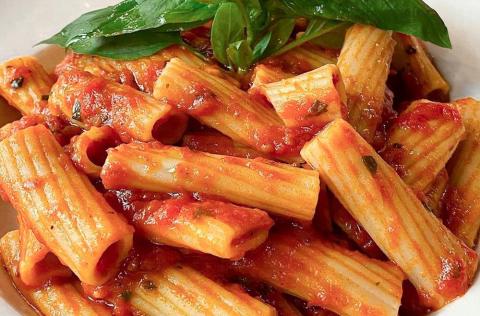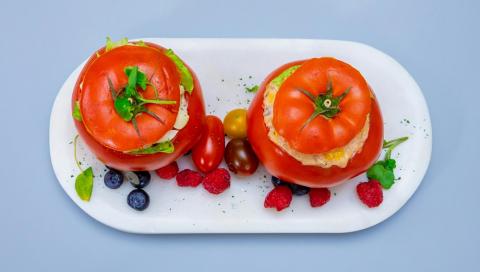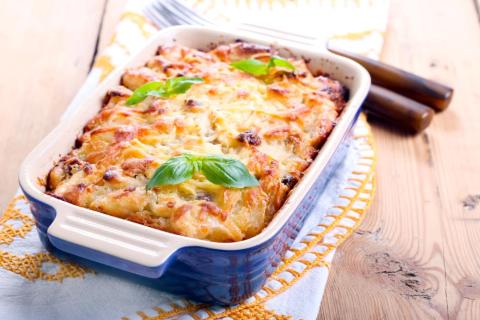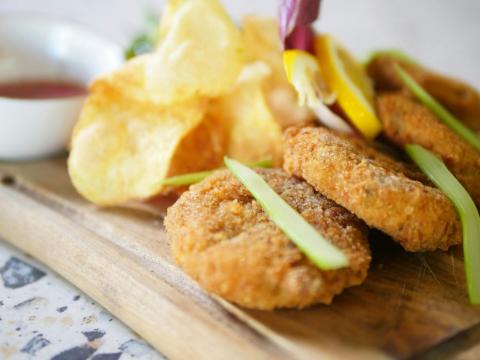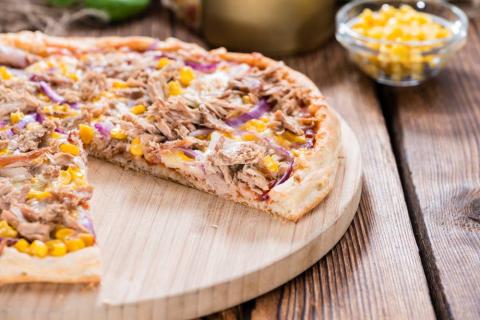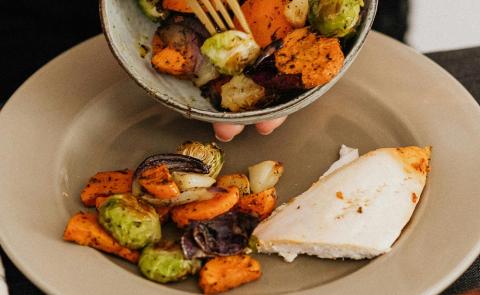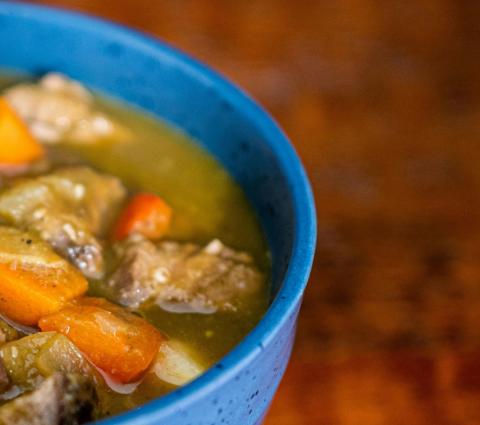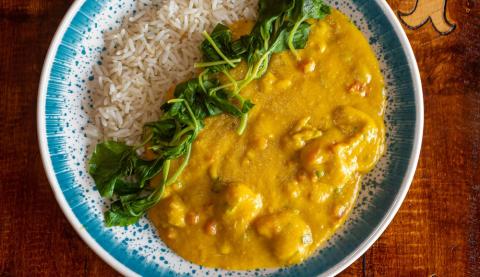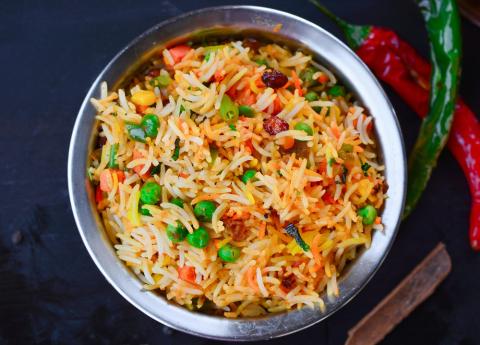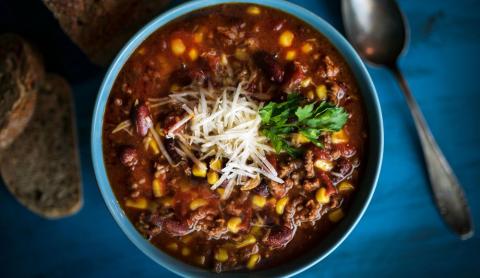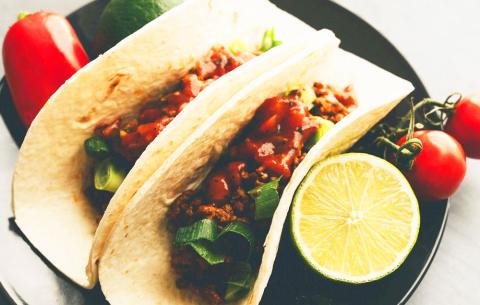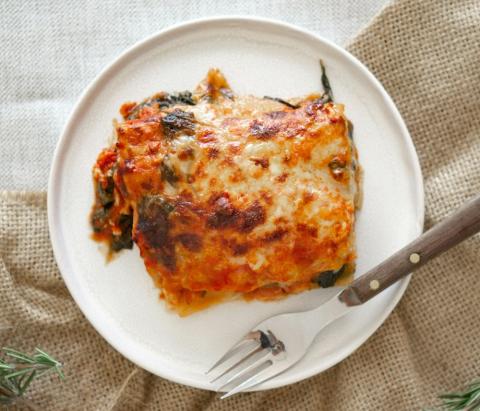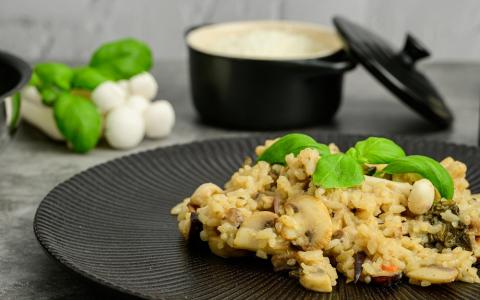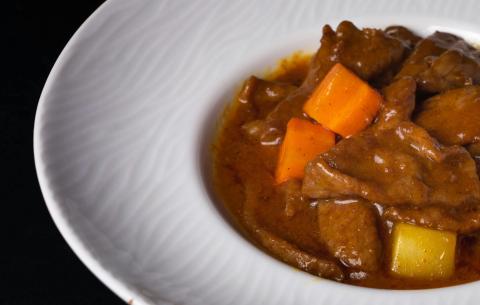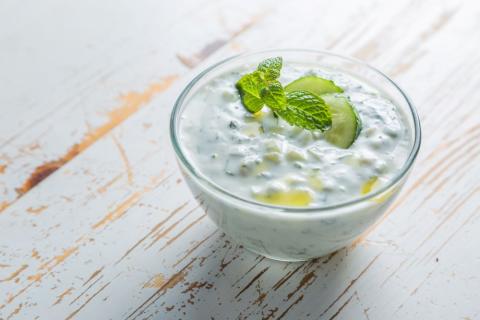- 4 Small (400g) Chicken Breasts
- 1 Tablespoon (10g) Vegetable Oil
- 2 Cups (320g) Frozen Peas
- 1 Mug (300g) Risotto Rice
- 1 (7g) Chicken or Vegetable Stock Cube (use reduced salt when possible)
Ingredients
Allergy Disclaimer
Always check the label of each ingredient for allergy warnings.
Method
- Dice chicken into bite size pieces. Dissolve the stock cube in 1 pint (600ml) boiling water.
- Heat the oil in a large pan then add the chicken to the pan. Cook for 2-3 minutes stirring continuously to stop the chicken sticking.
- Add the rice to the pan and cook for a further 1 minute then add the stock.
- Bring to the boil, then lower the heat and place a lid on the pan. Cook for 20-30 minutes stirring occasionally. If necessary add additional water to the pan.
- When the rice begins to soften, remove the pan lid to allow the liquid to be fully absorbed. Add the peas to heat through and season with black pepper.
- The risotto is ready once the rice is fully cooked and the stock has been absorbed, leaving a creamy dish to serve.
Time Saver Tips
Buy diced chicken to save time chopping.
Cost Saver Tips
One way to save is to buy chicken in bulk or when it’s on offer. That way you can just freeze any leftovers for another day. Remember, chicken thighs are cheaper than breast meat and just as tasty. This can also be made with turkey or other meat – so why not keep a look out for what offers are on? When defrosting meat, remember to keep it covered on the bottom shelf of the fridge so harmful bacteria can't drip onto other food.
Tips for Kids
Add their favourite vegetables, such as peppers or carrots.
Nutritional Information
Based on a single serving of 332g (% of an adult's reference intake)
Energy
470 kcals ( 24 %)
1,994 kJ ( 24 %)
Fat
0.9 g ( 5 %)
Saturates
72.4 g ( %)
Sugar
4.7 g ( 5 %)
Salt
0.9 g ( 15 %)
Detailed nutritional information
| Per 100g | Per 332g serving | |
|---|---|---|
| Energy Kcals | 142 | 470 |
| Energy Kj | 601 | 1,994 |
| Protein | 10 g | 33.3 g |
| Total Fat | g | g |
| Saturated Fat | 0.3 g | 0.9 g |
| Carbohydrates | 21.8 g | 72.4 g |
| Total Sugars | 1.4 g | 4.7 g |
| NSP Fibre | 1.6 g | 5.4 g |
| Sodium | 105 mg | 349 mg |
| Salt | 0.3 g | 0.9 g |
Find out about nutritional labelling
Nutrition labels on the front of packaging
- Most of the big supermarkets and many food manufacturers display nutritional information on the front of pre-packed food.
- Front of pack nutrition labels provide information on the number of grams of fat, saturated fat, sugars and salt and the amount of energy (in kJ and kcal) in a serving or portion of a recipe.
- The labels also include information about reference intakes (expressed as a percentage) which are guidelines about the approximate amount of particular nutrients and energy required for a healthy diet.
- The colour coding tells you at a glance if the food has high (red), medium (amber) or low (green) amounts of fat, saturated fat, sugars and salt.
- The more greens on the label, the healthier the choice
- Amber means neither high nor low, so you can eat foods with all or mostly ambers on the label most of the time.
- Reds on the label means the food is high in that nutrient and these are the foods we should cut down on. Try to eat these foods less often and in small amounts.
Food shopping tips
If you’re trying to decide which product to choose, check to see if there's a nutrition label on the front of the pack. This will help you to quickly assess how your choices stack up. You will often find a mixture of red, amber and green colour coding for the nutrients. So when you're choosing between similar products, try to go for more greens and ambers and fewer reds if you want to make a healthier choice.
 Activities & Play
Activities & Play Behaviour
Behaviour Childcare
Childcare Development & Growing Up
Development & Growing Up Family, Friends & Relationships
Family, Friends & Relationships Feeding Your Baby
Feeding Your Baby Food & Eating
Food & Eating Health & Safety
Health & Safety Mental Health & Wellbeing
Mental Health & Wellbeing Money & Work
Money & Work Online Behaviour & Safety
Online Behaviour & Safety Pregnancy & First Days
Pregnancy & First Days School & Education
School & Education Sleep
Sleep


